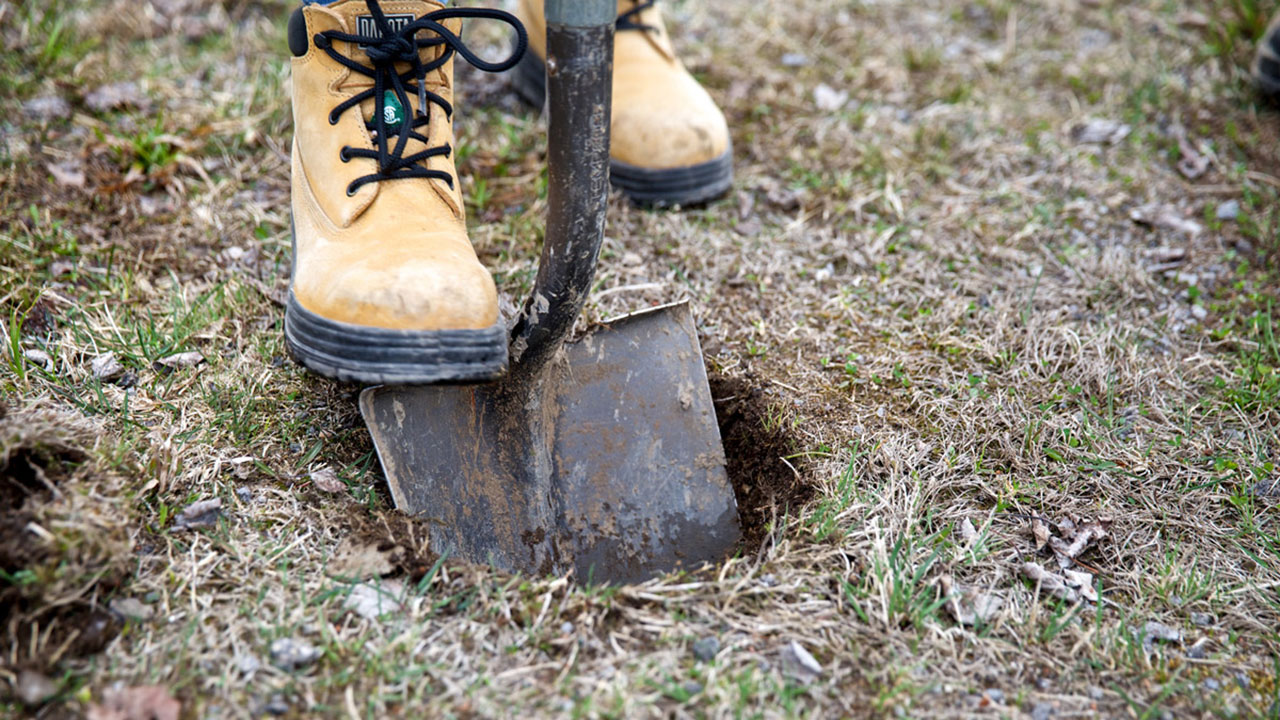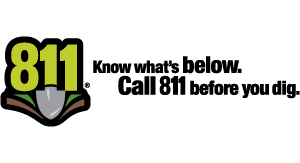How to apply for written consent
-
Determine the location of your work relative to TC Energy's facilities
-
When planning, and before any of the work or activities can begin, a locate request must be made through your local One-Call service. You can find this at www.call811.com
- If you already know a TC Energy-operated pipeline is nearby, you can make a crossing request directly by either calling 1-800-562-8931 or emailing us_crossings@tcenergy.com
-
To better serve you and speed up your request, please provide the following information:
- Proposed activity – what are you planning to do?
- Location of proposed work (GPS coordinates are preferred)
- Make and model of any equipment that will cross/encroach the pipeline facilities.
- Proposed activity date
- Axle load (weight)
- Your name and phone number
- Email address
-
Make a locate request either online (Call811.com) or by calling your local One-Call Centre early, at least 3-5 business days in advance
-
The One-Call Centre will notify owners of buried utilities in your area, who will send representatives to mark these facilities with flags, paint or other marks, helping you avoid damaging them. Often written consent for minor activities can be obtained directly from a regional TC Energy representative through a locate request.
-
Once your information has been assessed and potential impacts have been evaluated, TC Energy may:
- Grant consent without any conditions
- Grant consent that requires certain conditions to be met to assure safety, or
- Not grant consent





